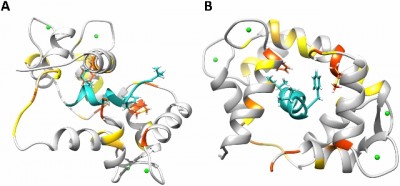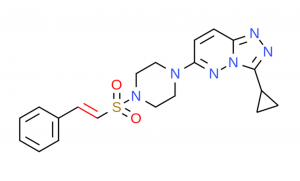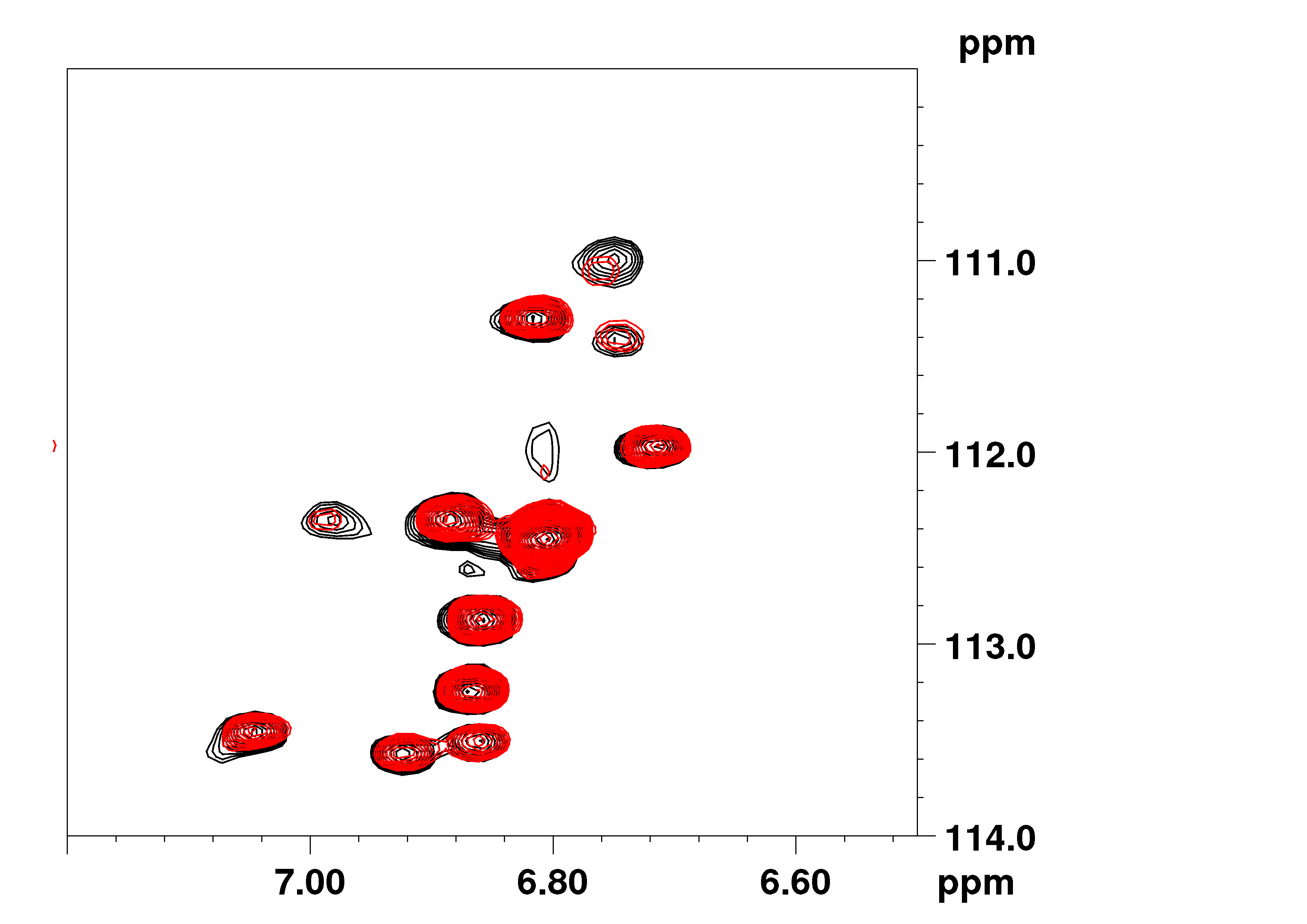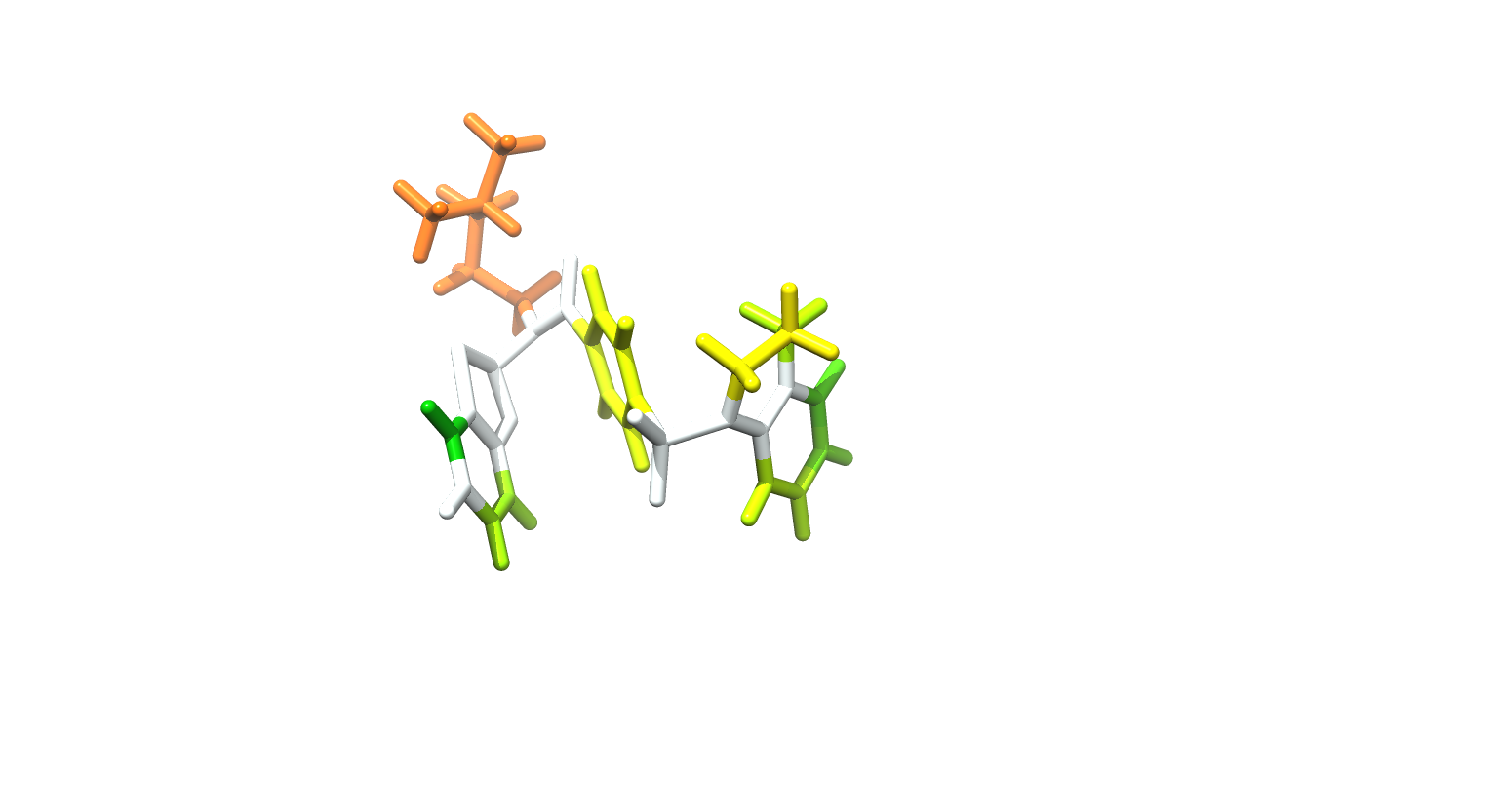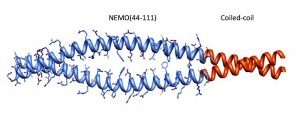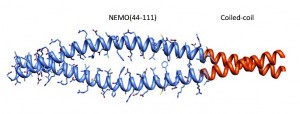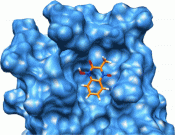Identification and Characterization of the Interaction Site between cFLIPL and Calmodulin.
Abstract
Overexpression of the cellular FLICE-like inhibitory protein (cFLIP) has been reported in a number of tumor types. As an inactive procaspase-8 homologue, cFLIP is recruited to the intracellular assembly known as the Death Inducing Signaling Complex (DISC) where it inhibits apoptosis, leading to cancer cell proliferation. Here we characterize the molecular details of the interaction between cFLIPL and calmodulin, a ubiquitous calcium sensing protein. By expressing the individual domains of cFLIPL, we demonstrate that the interaction with calmodulin is mediated by the N-terminal death effector domain (DED1) of cFLIPL. Additionally, we mapped the interaction to a specific region of the C-terminus of DED1, referred to as DED1 R4. By designing DED1/DED2 chimeric constructs in which the homologous R4 regions of the two domains were swapped, calmodulin binding properties were transferred to DED2 and removed from DED1. Furthermore, we show that the isolated DED1 R4 peptide binds to calmodulin and solve the structure of the peptide-protein complex using NMR and computational refinement. Finally, we demonstrate an interaction between cFLIPL and calmodulin in cancer cell lysates. In summary, our data implicate calmodulin as a potential player in DISC-mediated apoptosis and provide evidence for a specific interaction with the DED1 of cFLIPL.
